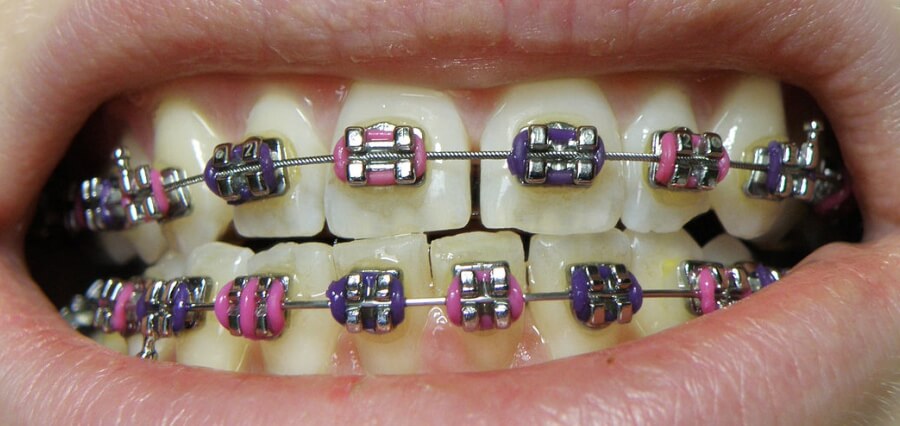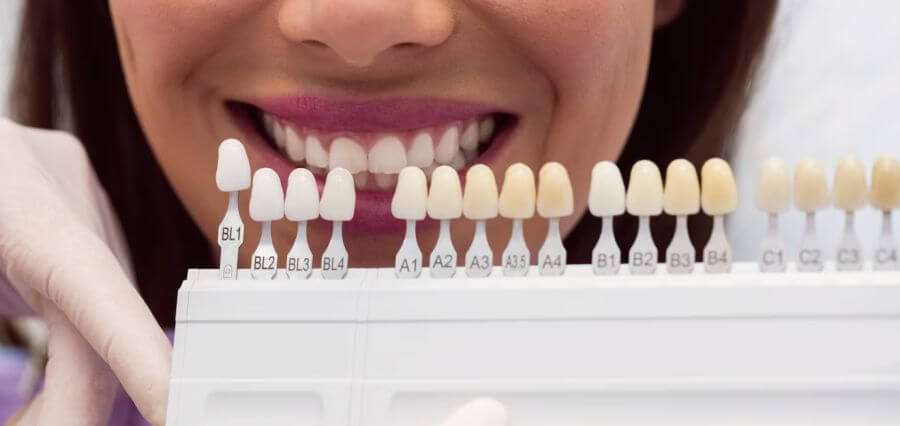Braces Edition
Taking a child to any doctor, let alone a child orthodontist can be very nerve-racking. You never know what to expect or if your child is receiving the exact care they need. This article should give you some peace of mind on what you’re going to have to watch your child go through. A routine check-up should be as easy as changing your google password.
Your First Trip
As soon as the check-up starts, a qualified orthodontist will take a look at a child’s mouth, teeth, and jaw. They might do some mouth exercises to see how your child’s teeth are in action, mostly involving biting their teeth together. There will be follow-up questions to figure out the child’s eating patterns or if they have chewing issues or even clicking in their jaws. In some cases, the orthodontist will also take an x-ray of the mouth and teeth.
This is to see how the teeth are positioned in the jaw and whether any permanent teeth are still trying to come through. They might also have to take a mold of your child’s teeth. This is done by pressing a gooey material against the top and bottom rows of teeth. The mold is removed, the material has hardened, and a replica of your child’s teeth is now available to the orthodontist. The orthodontist can now figure out the best treatment for your child using the mold.
What Type of Braces Is Best for You
Braces are used to correct the alignment by putting steady pressure on the teeth to eventually move them into a straighter position. A child orthodontist has many options to give your child, depending on the severity of the issue. Most children get braces with brackets, wires, and rubber bands. How this works is the brackets are attached to the teeth directly. These are connected to each other using the wire and bands.
Over time the wire is tightened slowly to help line the teeth perfectly. The rubber bands come in fun colors so children can pick which one suits them. To this day, metal braces are still used, but there are now ceramic braces that are not as noticeable. Some even go behind the teeth; these are called lingual braces.
Clear removable braces which use plastic trays to move the teeth are called aligners. These are also available but are only right for some people. Some children might require the headgear too. This uses a horseshoe-shaped wire that attaches to the back teeth; this provides a stronger force to move the teeth. This contraption is worn at night only to avoid unnecessary attention for the child during the day.
Sometimes, teeth are also removed to make space for the teeth to be put into place.
Once the child has their braces put in, they need to come into the orthodontist’s office every few weeks to maintain and monitor the braces.










